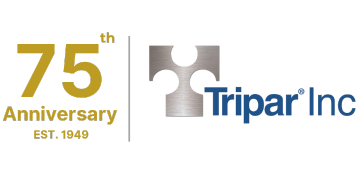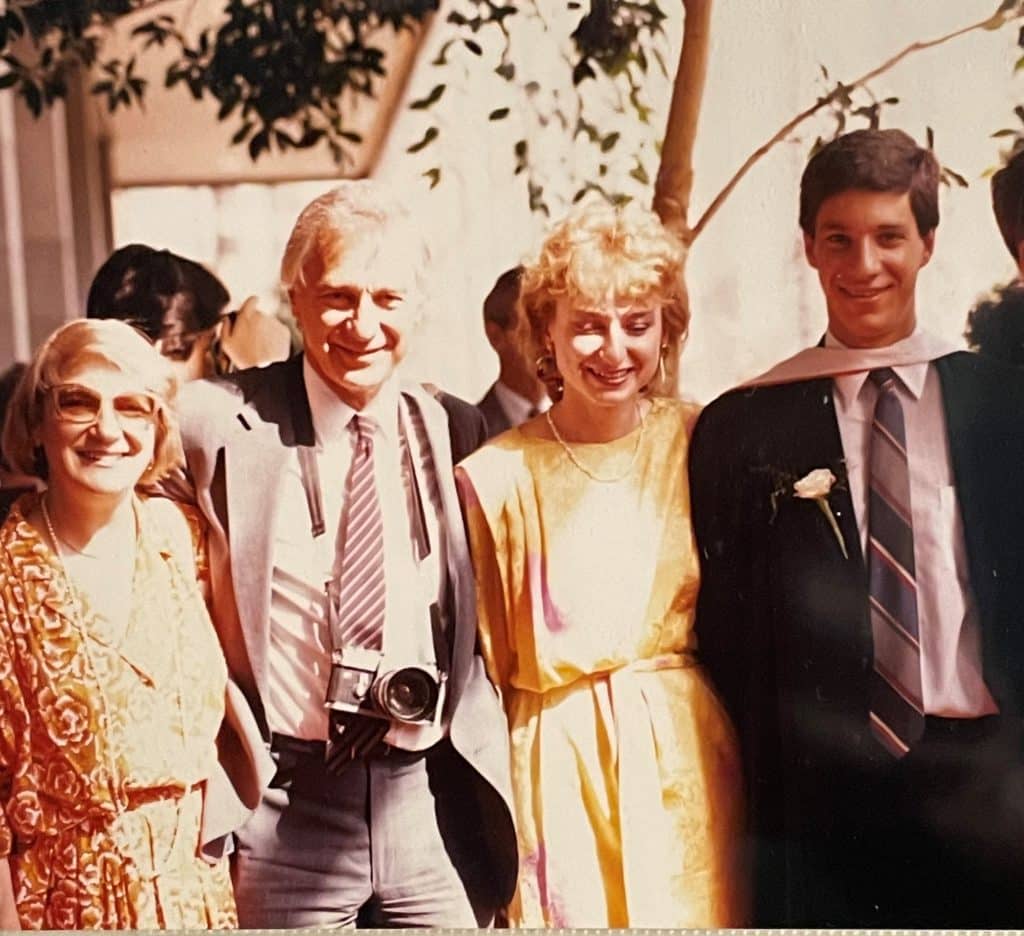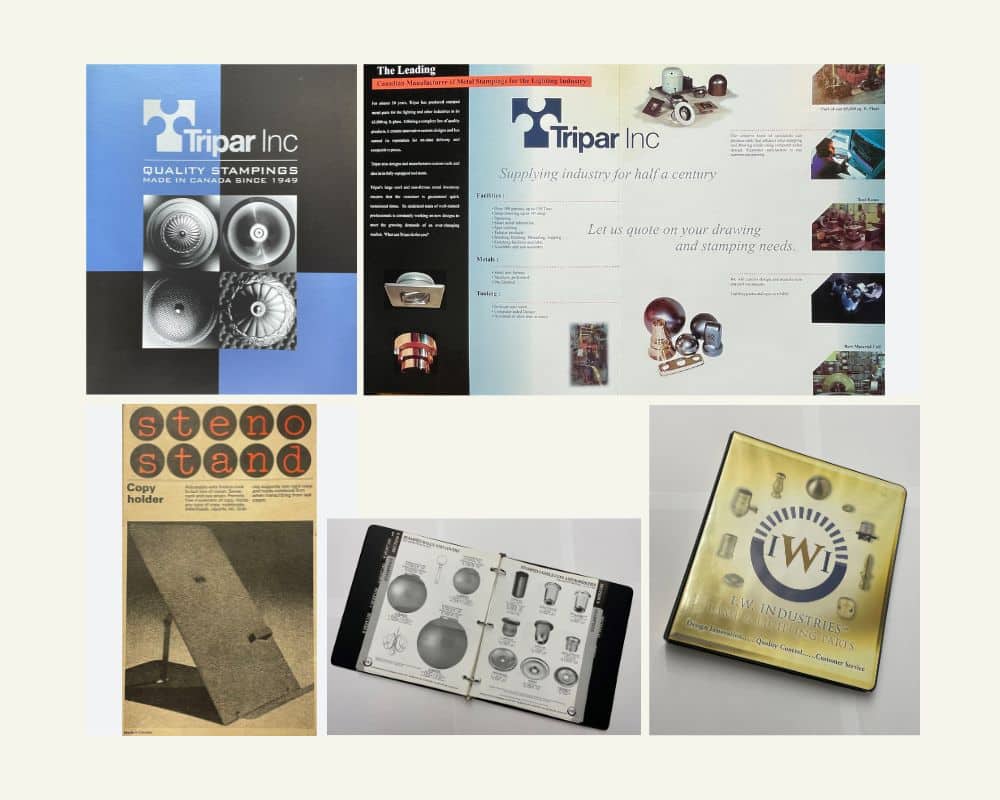Introduction
As we celebrate Tripar’s 75th anniversary, step into the time capsule of Tripar’s legacy, where dreams took flight and where every decade presents a masterpiece of resilience, commitment, and excellence at every turn. Every month of 2024, our President Lloyd Sevack will be covering each of Tripar’s decades.
From England to Montreal: The Formative Years (1923 to 1949)
After school and on weekends, Ben would often help in his father’s photographic studio. When the war started, a teenage Ben turned his technical eye to helping manufacture surgical instruments for the war effort as well as joining the Home Guard. His most vivid and frightening memories were during “the Blitz”, where over a period of 267 days his hometown of London was attacked 71 times. One evening he returned from the air raid shelter to find his home destroyed.
In 1942 Ben was “called up” and due to his technical background, he was recruited by the Royal Engineers with their haunting motto “Honi soit qui mal y pense” (evil be to him who evil thinketh). After 6 weeks of basic training, he began his training in his selected craft; the maintenance of field surveying instruments.
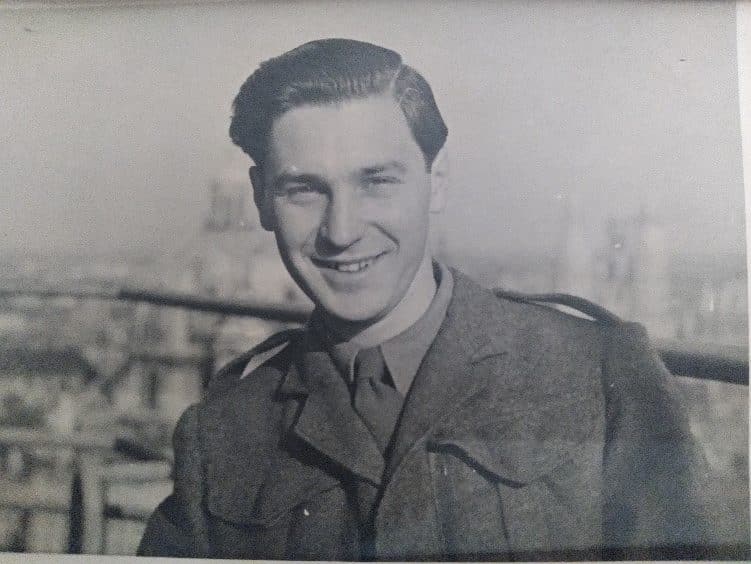
Ben Sevack in an army outfit
A Twist of Fate on the Front Lines
Ben travelled to Naples by boat to start his duty. At the time, and with heavy losses, the army was looking for bodies for the front lines. A Commanding Officer (CO) pointed to a group of soldiers (which included my Dad and a friend of his), ordering them to a spot, where it was evident that this group was to be shipped to the front lines. Thinking quick on his feet, my Dad stepped out of line asking to speak to the CO. He explained how he and his friend were trained to repair field instruments, so if they were sent off, everyone would be in greater danger without having such instruments quickly repaired. In the blink of an eye, the CO ordered them to stand back, after which the CO let him continue through to Naples, where he would continue to do this work! Ben was stationed throughout Italy. There he found his love of travel and also took advantage of every opportunity, from assisting the army medic, learning to ride horses, to learning Italian, German and French. Upon being discharged his Commanding Officer commented how he was always successful with every task he was given, no matter how difficult it was or whether it was outside his remit.
Post-War Dreams: Immigrating to Canada
After the war, with little immediate opportunities left what was left of post-war London, Ben decided to make a new life for himself by immigrating to Canada, along with his brother David, beginning their new lives there in Montreal.
Tripar’s founding & the early years (1949-59)
Ben and his brother first settled in a rooming house not far from downtown Montreal. There they met a toolmaker named Bob. Together the three of them discussed their futures. With Ben sensing Bob’s skills in toolmaking, dies, and some knowledge of metal stamping, and a burgeoning post-war economy in the Montreal area, they discussed the idea of opening a metal stamping factory. With little more than an idea of fortune and a loan from their photographer father, Louis Sevack, to the tune of $800 each, the trio formed a company whose name was based on three partners; Tripar Stamping & Mfg Co. They rented 4,500 square feet space on the now defunct Hayes Avenue in Montreal, and bought a few used “Bliss” brand presses, the first of which still contained a die to manufacture ammunition shells.
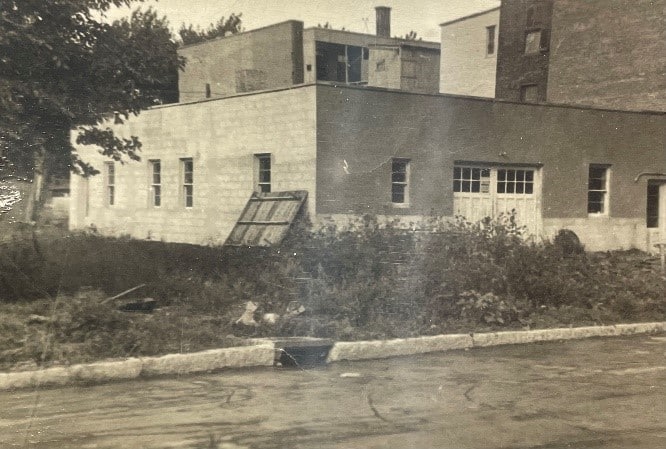
Hayes Ave, Tripar’s first location
Tripar’s First Year in Business
They quickly found a niche amongst Montreal and surrounding area lighting and lamp manufacturers and began to sell components to these lighting OEMs. Their first-year sales were $8,519.65, with a modest profit of $2,720.61. Split amongst the three founders, each received a whopping $906.87 for their first year’s efforts.
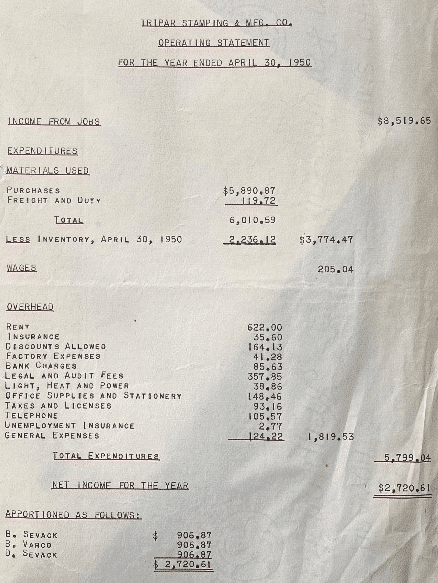
Tripar’s First year P&L statement
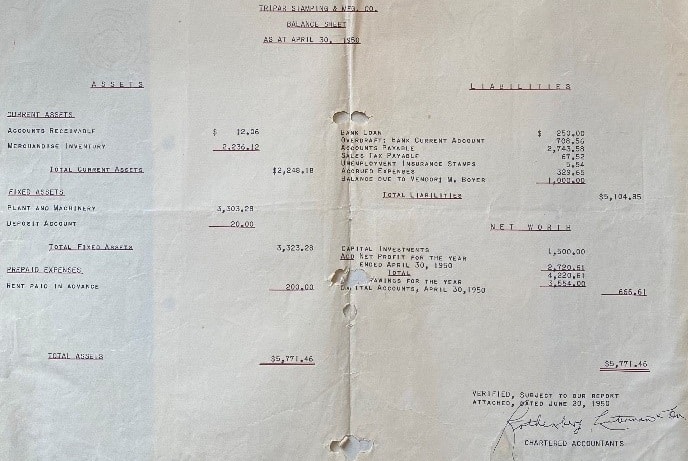
Tripar’s first year balance sheet
During those early years, Bob unfortunately liked the bottle more than the business, leaving the two brothers’ little choice but to buy Bob out. And so there were two, but the “Tripar” name remained.
In the early 50s, they also produced their first light fixture & lamp parts catalogue, consisting of 250 parts, with an emphasis on Tripar’s ability to offer both standard parts (which Tripar developed and produced the tooling (dies) for the benefit of multiples customers), as well as custom parts to meet customer needs.

Tripar’s first catalogue
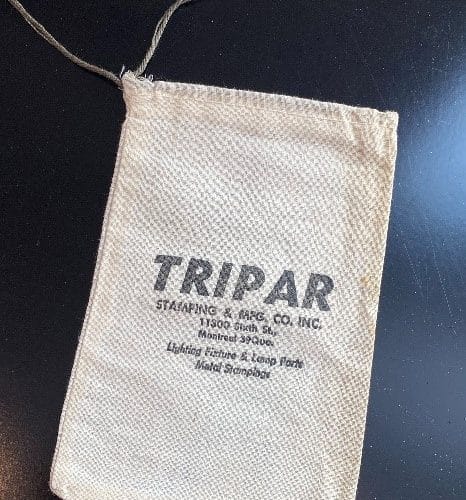
Tripar cotton sample parts bag
During the same period, their father also emigrated from the UK to Montreal, bringing with him his skills as a professional photographer, opening a studio in Montreal. Not long after, they were able to repay their father their $800 loans, in part as a result of being profitable from year one.
Stay tuned for next month’s article, covering Tripar through the 60s.
